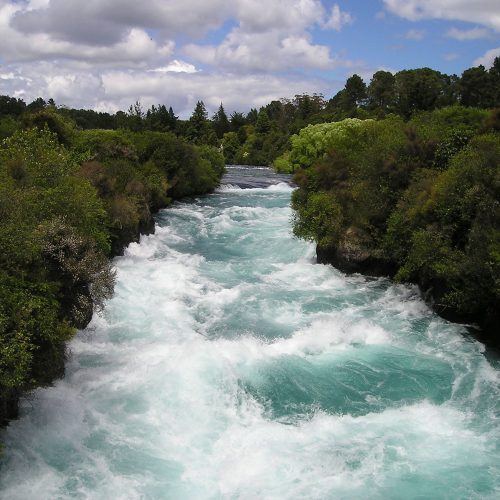Currently, hydropower is mainly concerned with the use of waters with a high flow rate and a significant difference in levels. This is achieved by damming the upper water level.
The basic issue is to choose the right location for the hydroelectric plant. It is believed that in Europe and in Poland, most of the locations with preferential conditions for the construction of large hydropower plants, in which energy is stored in the form of accumulated water in retention reservoirs, has already been used.
Due to unfavorable conditions for large hydropower plants, the development of hydropower in Poland in the coming years will belong to the so-called Small hydroelectric power plants (MEW), which may use the potential of small rivers, agricultural retention reservoirs, irrigation systems, water supply systems, sewage systems and metastatic channels. These are power plants with installed capacity of not more than 5 MW.






